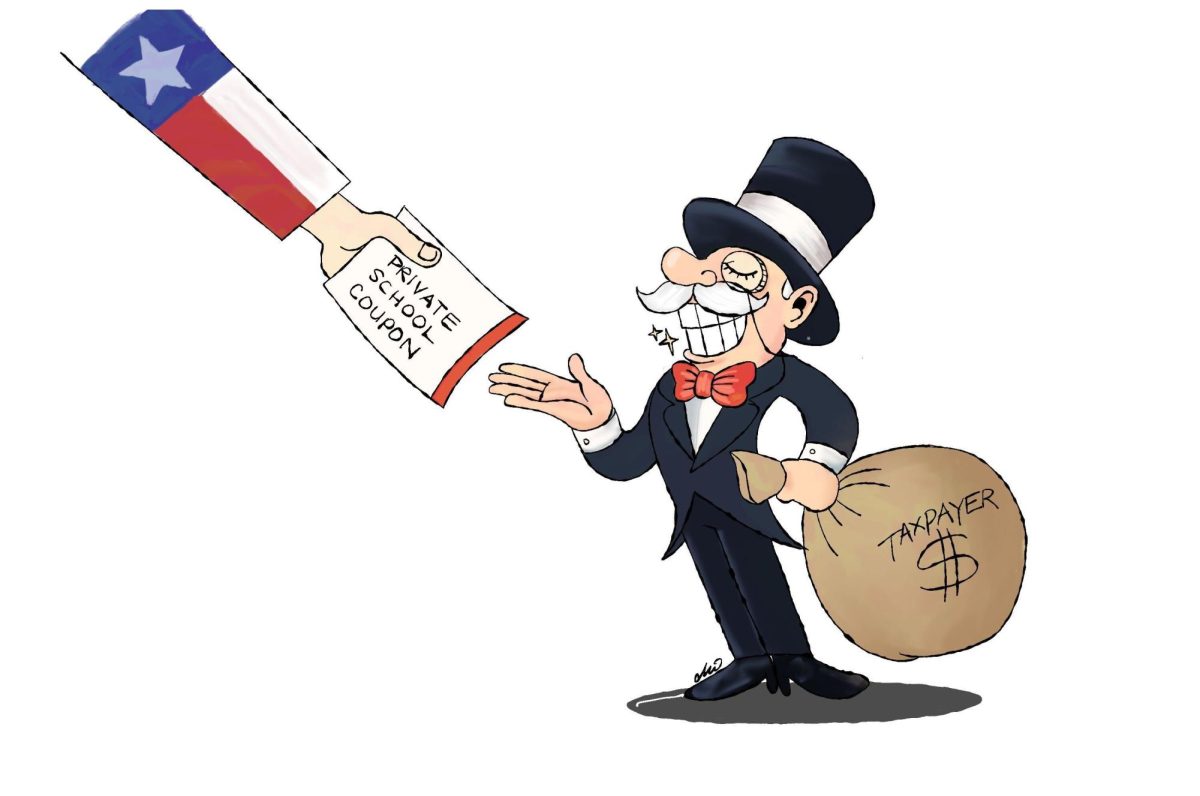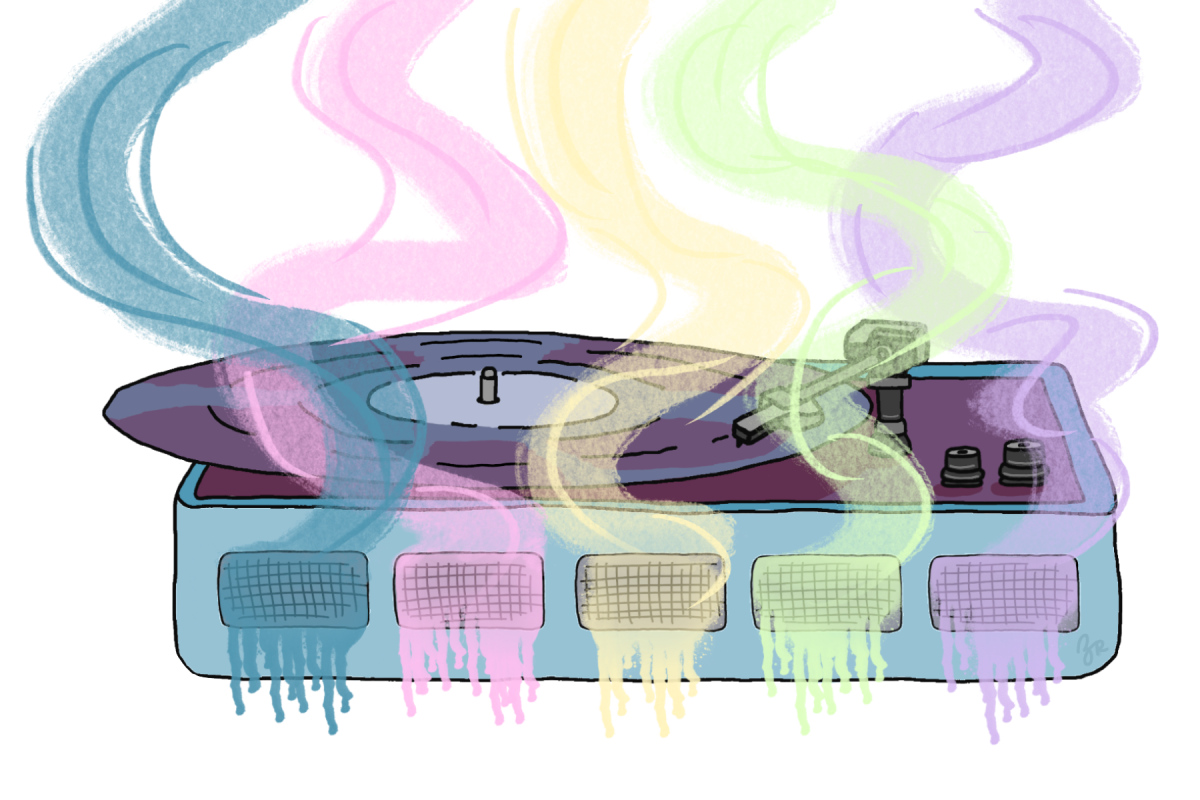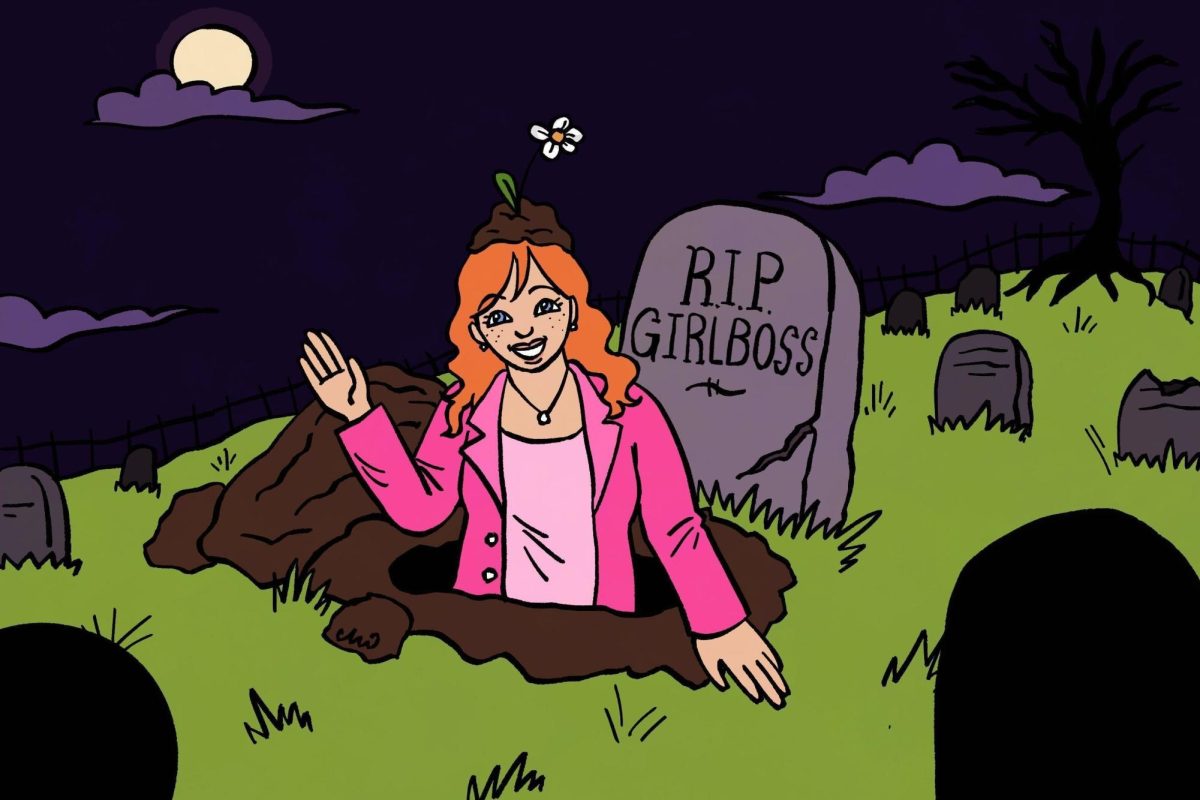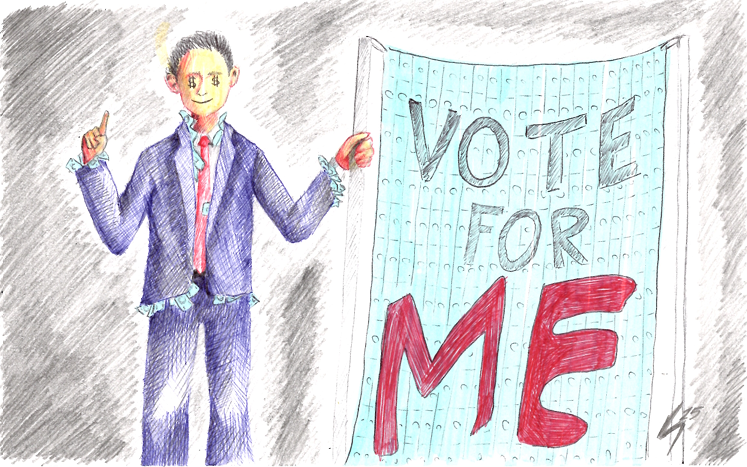The word “Antifa” is often charged with controversy. For some it conjures up the image of a black-clad rioter, a member of an underground communist cadre funded by George Soros to destroy America and everything it stands for. I’ve found the utter lack of Soros-bucks disappointing, myself. The true meaning of Antifa is much more straightforward though: it is just a shortening of the word anti-fascist. Specifically, political movements such as Antifaschistische Aktion, which was established as a united front in Pre-WWII Germany to oppose Hitler and the rise of Nazism, used the name Antifa. Having had to just spell out Antifaschtische, I can see why. Similar anti-fascist movements have fought against totalitarian regimes in Mussolini’s Italy, Franco’s Spain and other countries throughout the world.
Anti-fascism has a long history of bridging the schisms between countless groups in their efforts to protect themselves and those in the most danger from fascist regimes. But to talk about why anti-fascism is important, one must first understand what fascism is and how to spot it. I think there are few sources that describe its essence as precisely as Lawrence Britt’s, “List of 14 Early Warning Signs of Fascism,” sold in the Holocaust Memorial Museum:
Fascism, once in full-swing, relies on extreme national or ethnic pride and often makes expelling or targeting minority communities a priority. In practice, facist leaders attempt to rid the country of perceived impurity and unify members of the majority group. This is often based on paranoia that minority groups have already or intend to commit harm or replace the majority. This treatment can typically be applied to ideologies opposing fascism as well.
America’s history with this kind of ideology was often far less removed than what we’re taught in school. Nazism and other brands of fascism were very popular before WWII in America. It was so mainstream that Nazi rallies were held in Madison Square garden as late as 1939. This may be in large part because Nazism incorporates what were once distinctly American ideas. Adolf Hitler himself wrote in “Mein Kampf” that America’s policy of “excluding certain races from naturalization” was an ideal model from which to begin building the foundations of an ethno-state. So for many pre-war Americans, Nazism seemed like a logical progression from the already codified Jim Crow laws, the pervasive concepts of Manifest Destiny and American exceptionalism.
Fascism in America has been reaching a degree of popularity not seen since the pre-war era. The uptick in blaming many of the country’s griefs, imagined or otherwise, on immigrants, and Muslim and Jewish people combined with a rise in nationalism under the slogan, “America first,” is worrying to say the least. These sentiments echo many classic examples of rhetoric used in fascist regimes, such as the Nazi slogan, “Germany above all.”
At this point you likely see the connections I’ve made between President Donald Trump and this reinvigoration of fascism in America. Though Trump may be an obvious symptom of this issue, he is not its source. This is something that’s been growing for a long time, in the U.S. and abroad. We are at a point in our socio-political climate where many have forgotten the horrific lessons of the 20th century. Even if Trump isn’t re-elected in November, the system and trends that put him in power will still be there.
That is why now more than ever, people have to recognize that we are not immune to fascism and that it can happen here. In fact, it already has. Thankfully, in these uncertain times, people from all walks of life have begun to recognize and oppose the growing threat of fascism in America. People young and old are fighting hard to make sure their voices are heard, including here at Texas A&M, where several protests have taken place in support of Black Lives Matter and to oppose those who promote hateful rhetoric.
Good Ags and Americans everywhere need to stay vigilant and informed above all and always be ready to reject and oppose fascist rhetoric wherever they find it. Direct grassroots action, community organization and political education will be the primary tools in preventing the spread of fascist ideas and propaganda.
Editor’s note: A previous version of this column incorrectly implied that a poster of Lawrence Britt’s “List of 14 Early Warning Signs of Fascism,” was an exhibit in the Holocaust Memorial Museum. The Battalion regrets this error.










